You’ve heard of physical exfoliants and chemical exfoliants – now meet their less famous cousin, enzyme exfoliants! You’ll find them in a whole bunch of popular products, like Mario Badescu Enzyme Cleansing Gel, Jurlique Fruit Enzyme Exfoliator, MUAC Triple Enzyme Peel and DIY pumpkin, kiwi, papaya or pineapple masks.
What’s an exfoliant?
If you need a refresher, an exfoliant is a product which helps detach the outer layers of the skin. Physical exfoliants do this by buffing away at the surface like sandpaper, and chemical exfoliants do this by breaking apart the glue holding the cells together (read more about AHAs and BHA here). Enzyme exfoliants are a bit more like regular chemical exfoliants, but there are some key differences.
What’s in an enzyme exfoliant?
Enzymes are proteins which perform a specific job. The enzymes used for exfoliation in skincare are protease (or proteolytic) enzymes, which break down other proteins, including those keeping your older, outer layers of skin stuck on. In particular, they’ll usually be bromelain (from pineapple, often listed as Ananas Cosmosus (Pineapple) Fruit Extract), papain (from papaya, often listed as Carica Papaya Fruit Extract), pumpkin enzyme (listed as Cucurbita Pepo (Pumpkin)) or Bacillus bacteria.
(Interestingly, these enzymes’ proteolytic action is also why pineapple and papaya make great meat tenderisers! They break down some of the protein, which makes the meat less tough. Also, canned pineapple and papaya don’t work – the heating process denatures (screws up the shape of) the enzymes.)
What’s so great about enzymes?
Firstly, they work slightly differently from other exfoliants so it gives you another tool that you can use against rough, dull skin. More importantly though, enzyme exfoliants tend to be gentler. The enzyme extracts usually have some anti-inflammatory properties, which can make them particularly good for sensitive skin. Additionally, the enzymes are stable over a wide pH range, which means they don’t need to be as acidic as AHAs and BHAs to work.
What are the disadvantages?
There just hasn’t been that much research on enzyme exfoliants for skincare. Studies have been done showing the ability of bromelain for removing dead skin from burns, and taking bromelain supplements for its anti-inflammatory action, but apart from that it’s pretty scarce. There was a lonely study which found that a 15% enzyme product could improve the deeper dermal skin layers after 3 months, much like AHAs, but very few enzyme products have that high a concentration, and no one actually knows what concentration’s necessary for effective exfoliation. Additionally, these extracts can be irritating for sensitive skin (I know this kind of contradicts the earlier point, but the annoying thing about sensitive skin is that people tend to react in different ways!).
Ella Baché Revealing Fruit Enzyme Exfoliant is the first enzyme product I’ve used – it’s actually a combination enzyme/physical exfoliant, since microcrystalline cellulose, corn starch, wheat kernel meal, oat kernel meal and rice bran are all high up in the ingredients list. It also contains both pineapple extract and papain as the enzymes, and anti-inflammatory, brightening licorice root as well. It comes as a dry powder which you mix with water and spread on your skin like a mask, then rinse off after 2-8 minutes.
It leaves my skin nice and soft, and I love the powder format which gives it a much longer shelf life than most other “natural” products. But I think I might need more! I’ll be rubbing kiwi skin on my face in this space soon…
References
Fein, H., Maytin, E. V., Mutasim, D. F. and Bailin, P. L., Topical Protease Therapy as a Novel Method of Epidermal Ablation: Preliminary Report, Dermatologic Surgery 2005, 31, 139–148. doi: 10.1111/j.1524-4725.2005.31034
Smith, W.P., Bishop, M., Gillis, G. and Maibach, H., Topical proteolytic enzymes affect epidermal and dermal properties, International Journal of Cosmetic Science 2007, 29, 15–21. doi: 10.1111/j.1467-2494.2007.00354
This product was provided for editorial consideration, which did not affect my opinion. For more information, see Disclosure Policy.
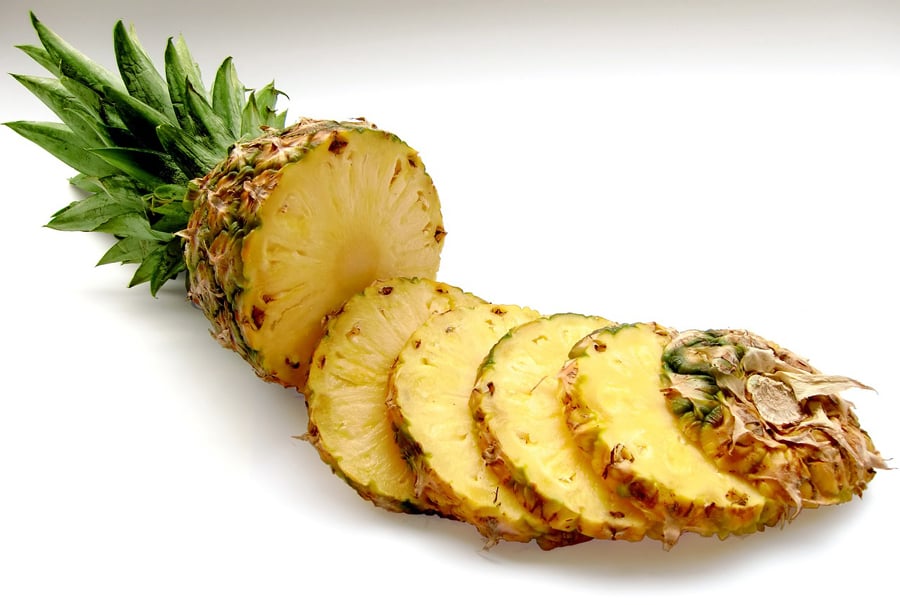
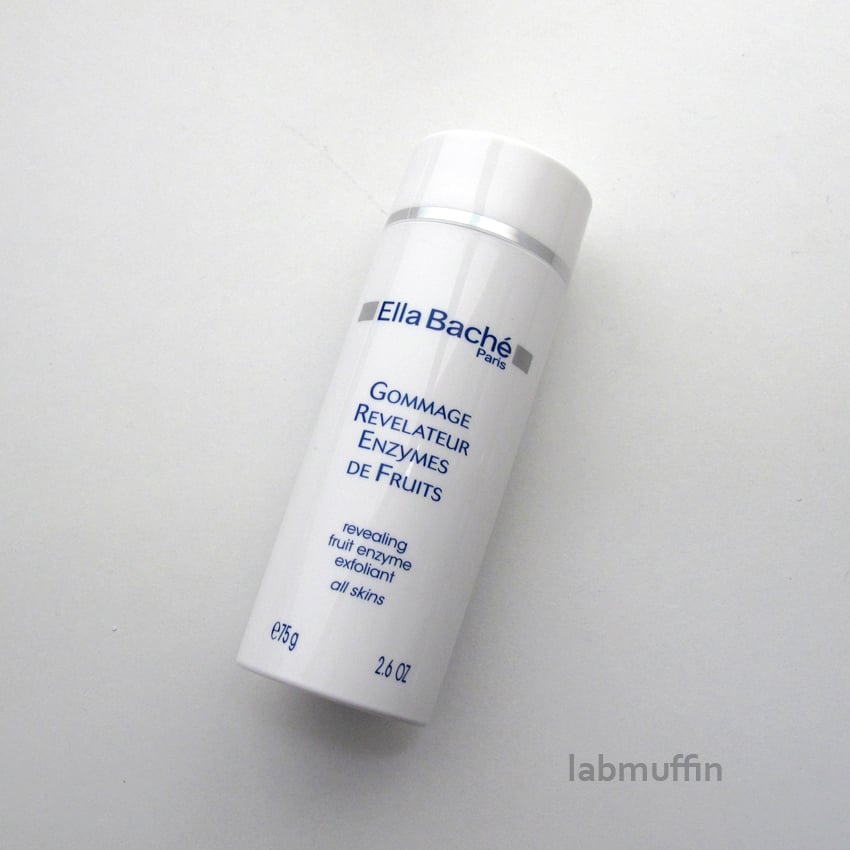
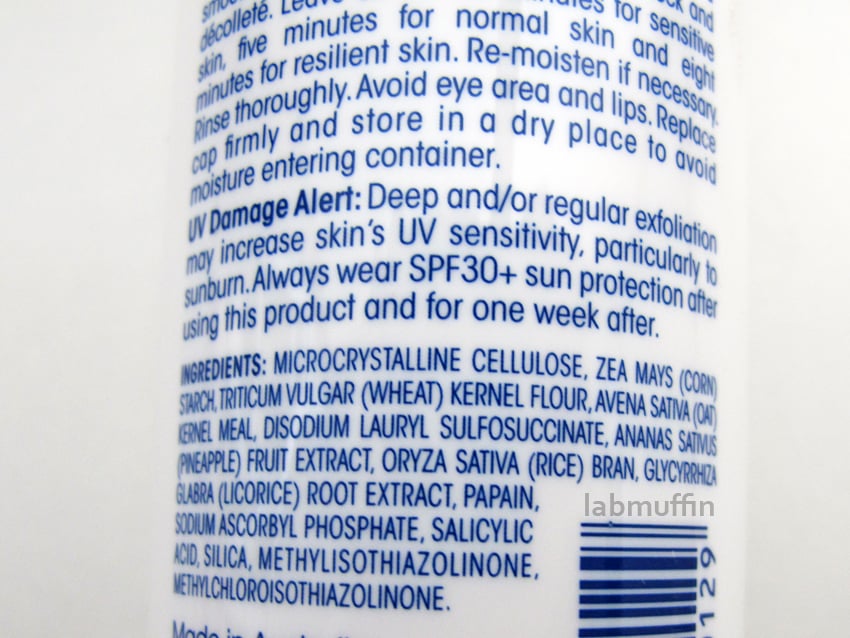
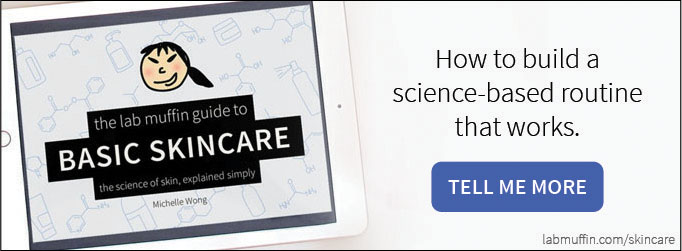
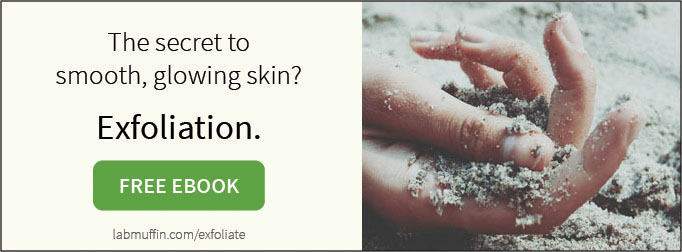
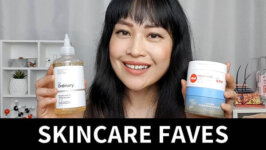
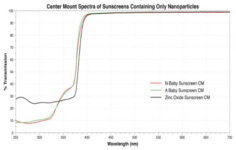
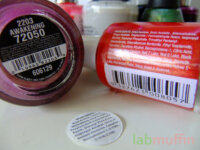
hmmm…interesting and impressive. Well, I think this is something worth checking out. Reading this really made me so curious about it. I will do check on this….
A recent article published in Journal of Investigative Dermatology stated that strong allergic reactions can occur when papain comes in contact with the skin. I don’t have access to the article itself, but here’s an article discussing said article.
http://www.sciencedaily.com/releases/2015/04/150410083304.htm
Interesting! It’s not that surprising since papain is a protein, and many proteins will trigger allergies in some people. I found an old article which found that 1.05% of allergy patients in a particular study were allergic to papain. I guess the safest thing as always is to patch test and stop if any weird irritation starts!
Last summer, when I couldn’t get my hands on my usual AHA cream, I used pineapple on my face.
It did its job, but it did sting a bit – not much, but enough to make me careful about using it.
Hey, do you know anything about 3 min peels? (I.e. real chemistry 3 min peel?) I am very skeptical about this product. Claims that the parcipitate is dead skin.
With these sorts of products, the stuff is usually not just dead skin, but the product combined with dead skin – I found this on their site: “The solids are a combination of the peel’s protein-binding ingredients and epidermal protein”. It’s a lot like peeling gels, which I’ve written about before: How do peeling gels work?
..Yet hippy skin gurus recommend enzyme peels over aha or bhas… #doyourresearch
Thanks so much for this!
What about the mucor miehei extract? A lot of companies claim it’s a great exfoliant yet Paula Begoun says there isn’t any scientific proof for that… What do you think about it?